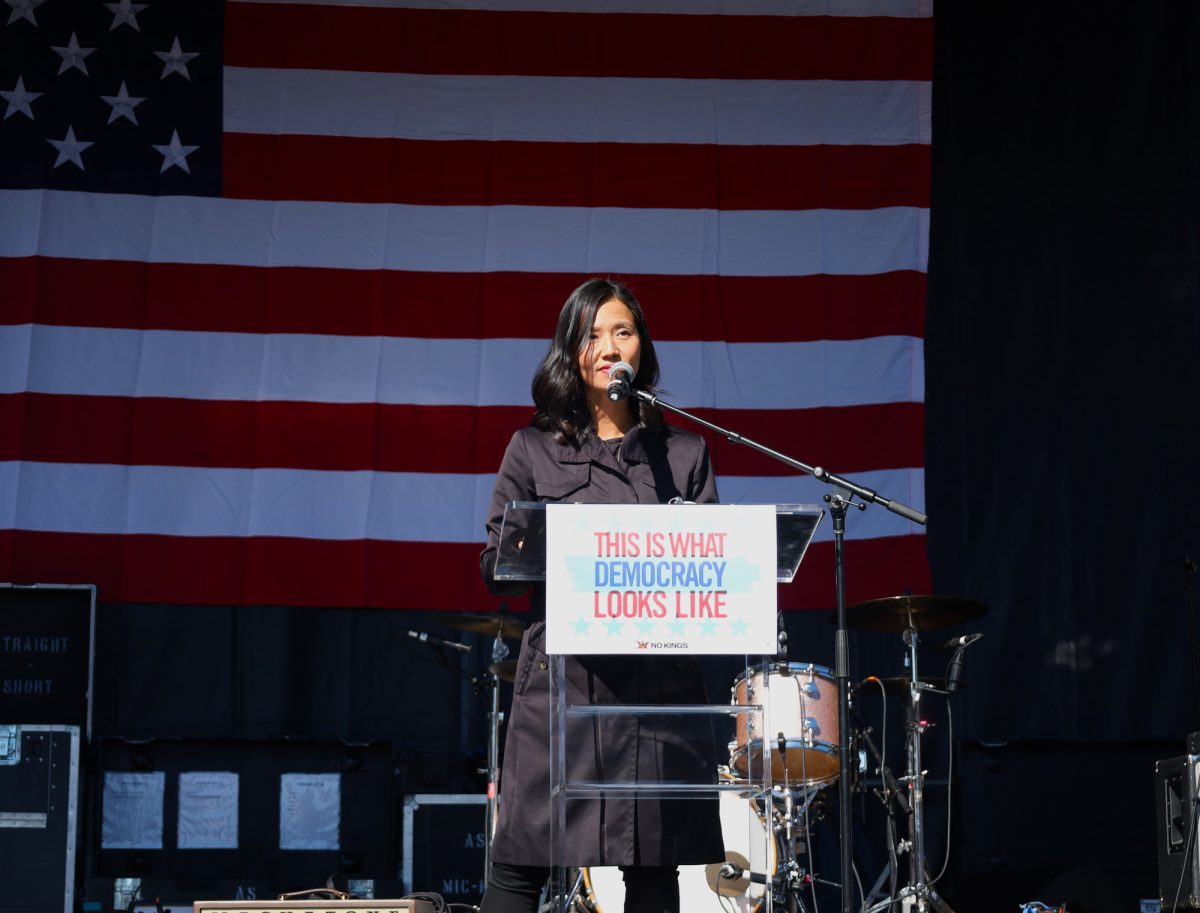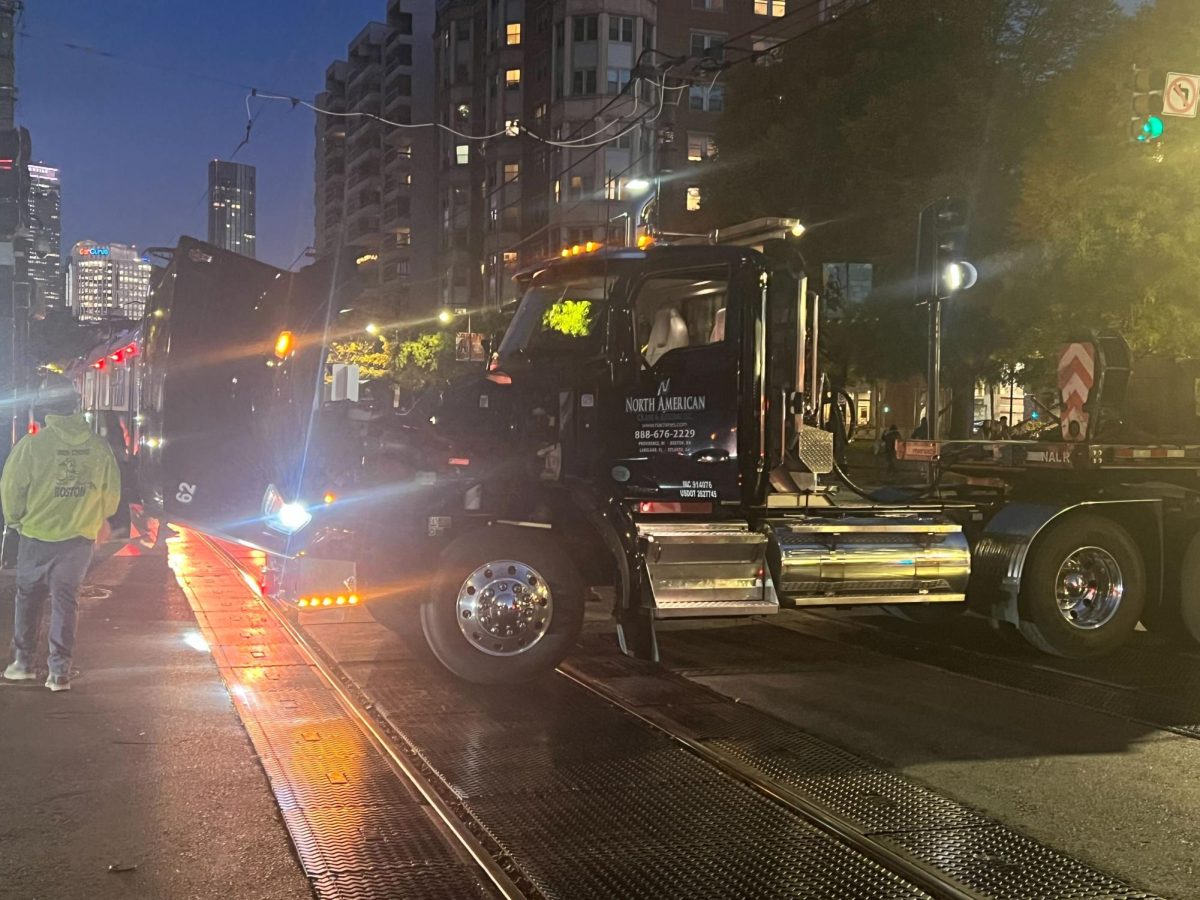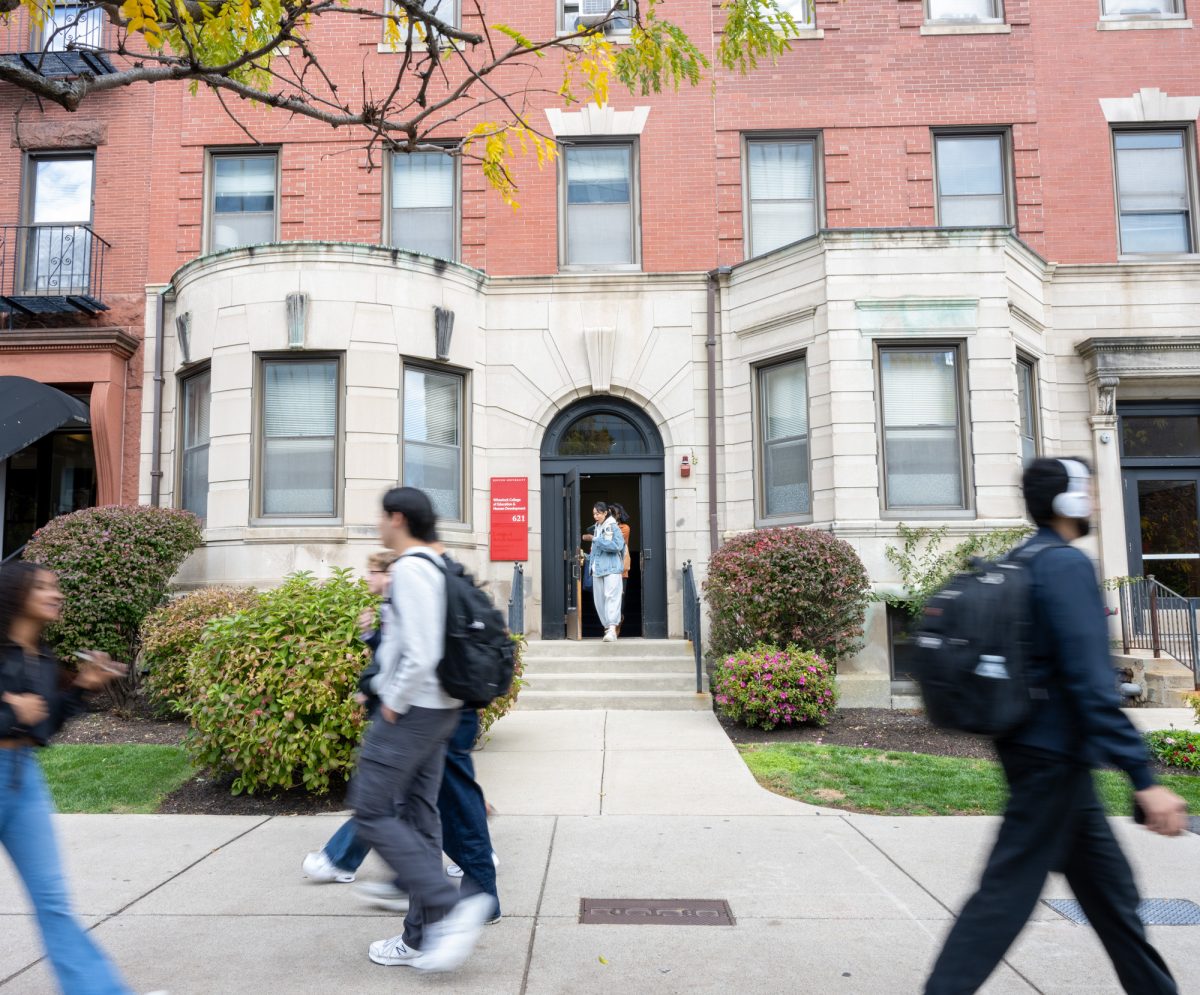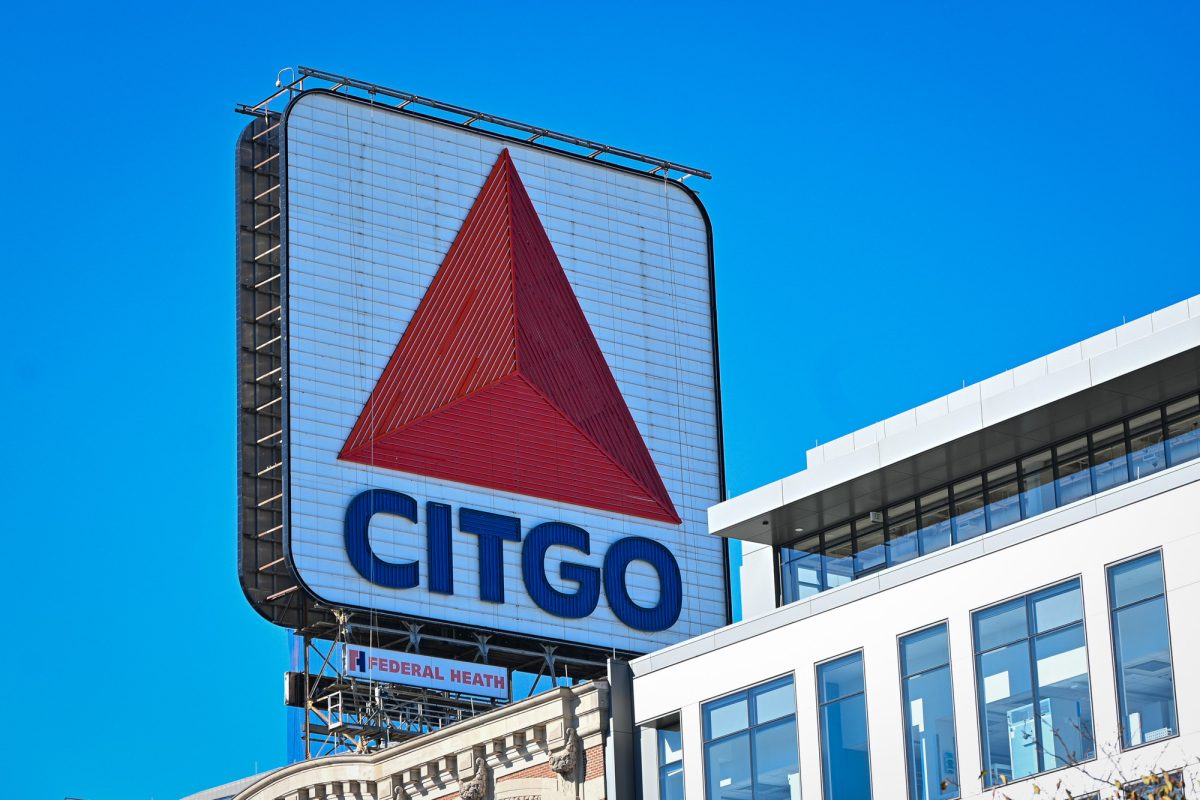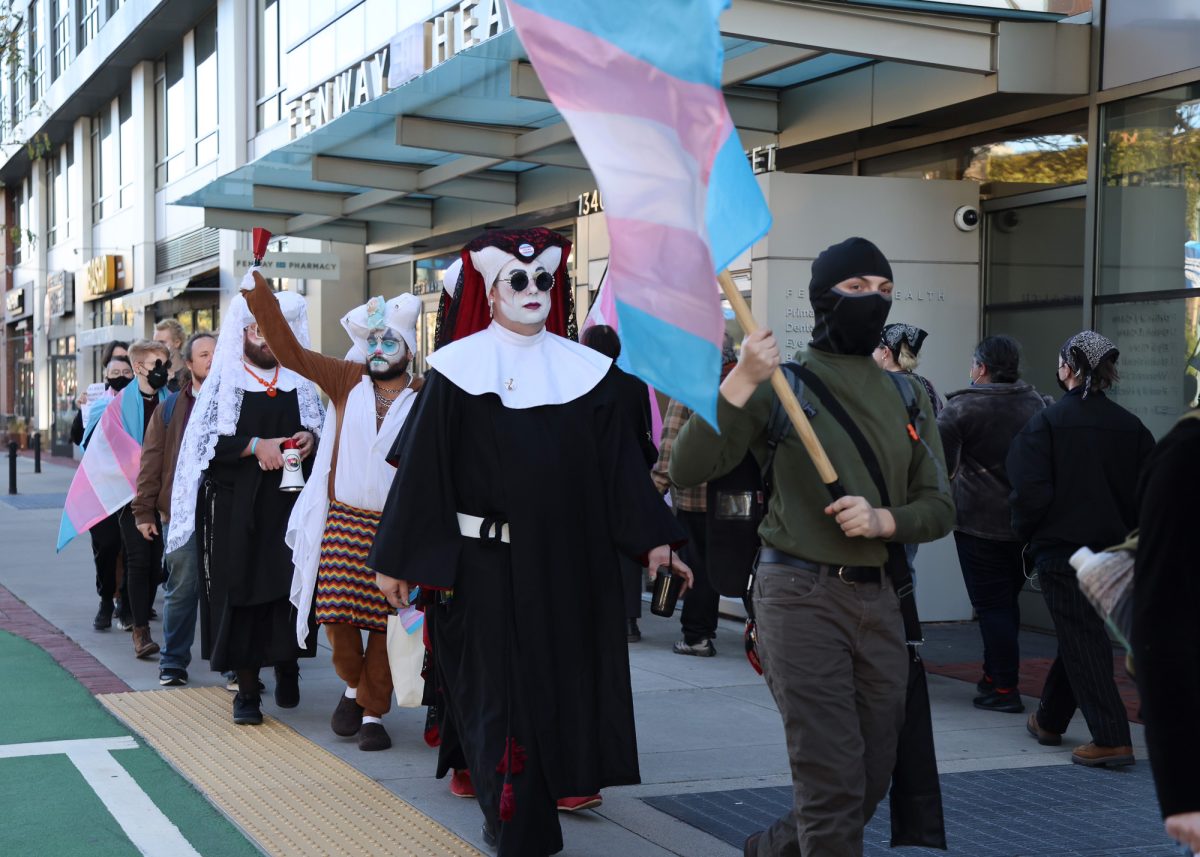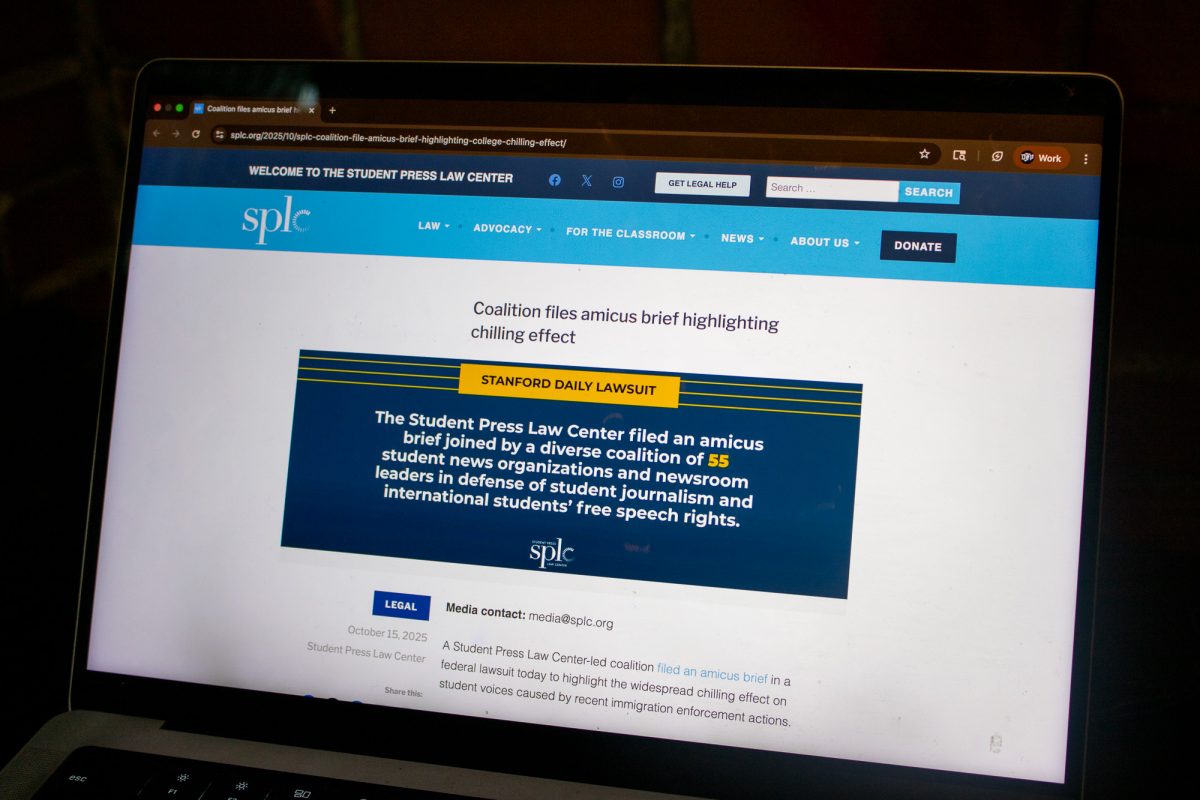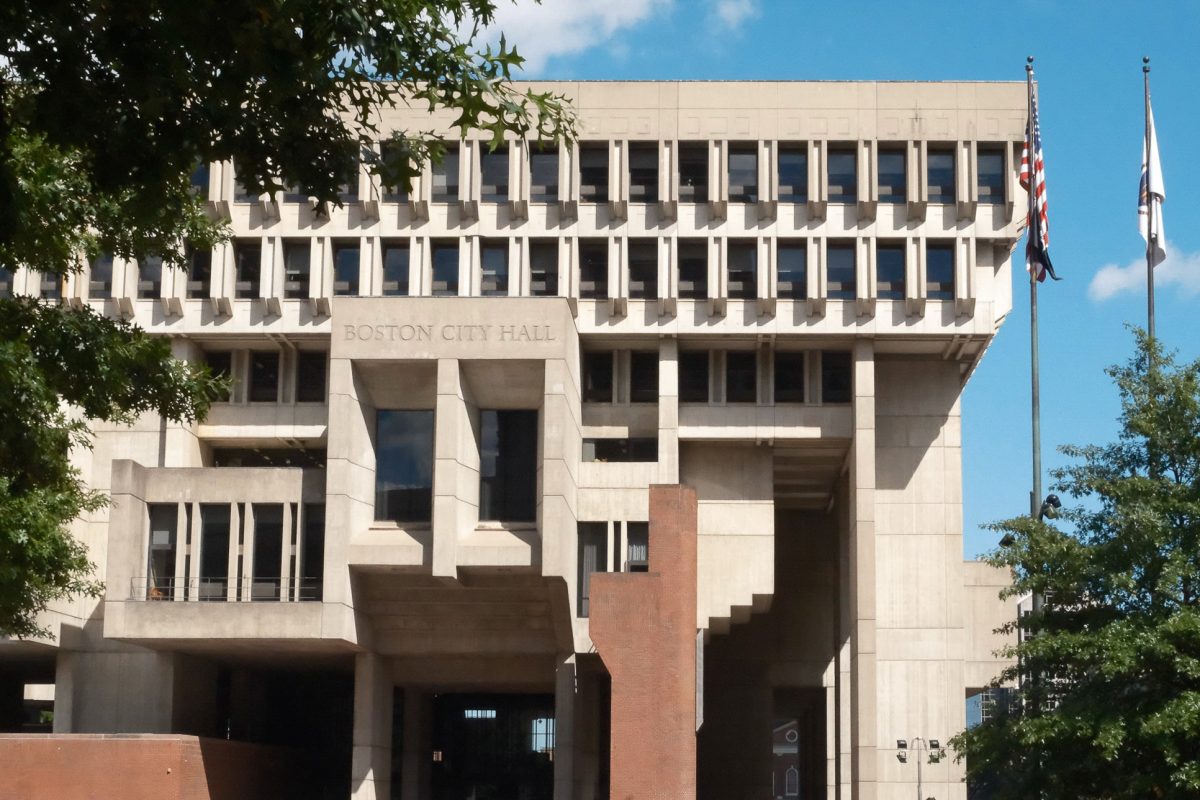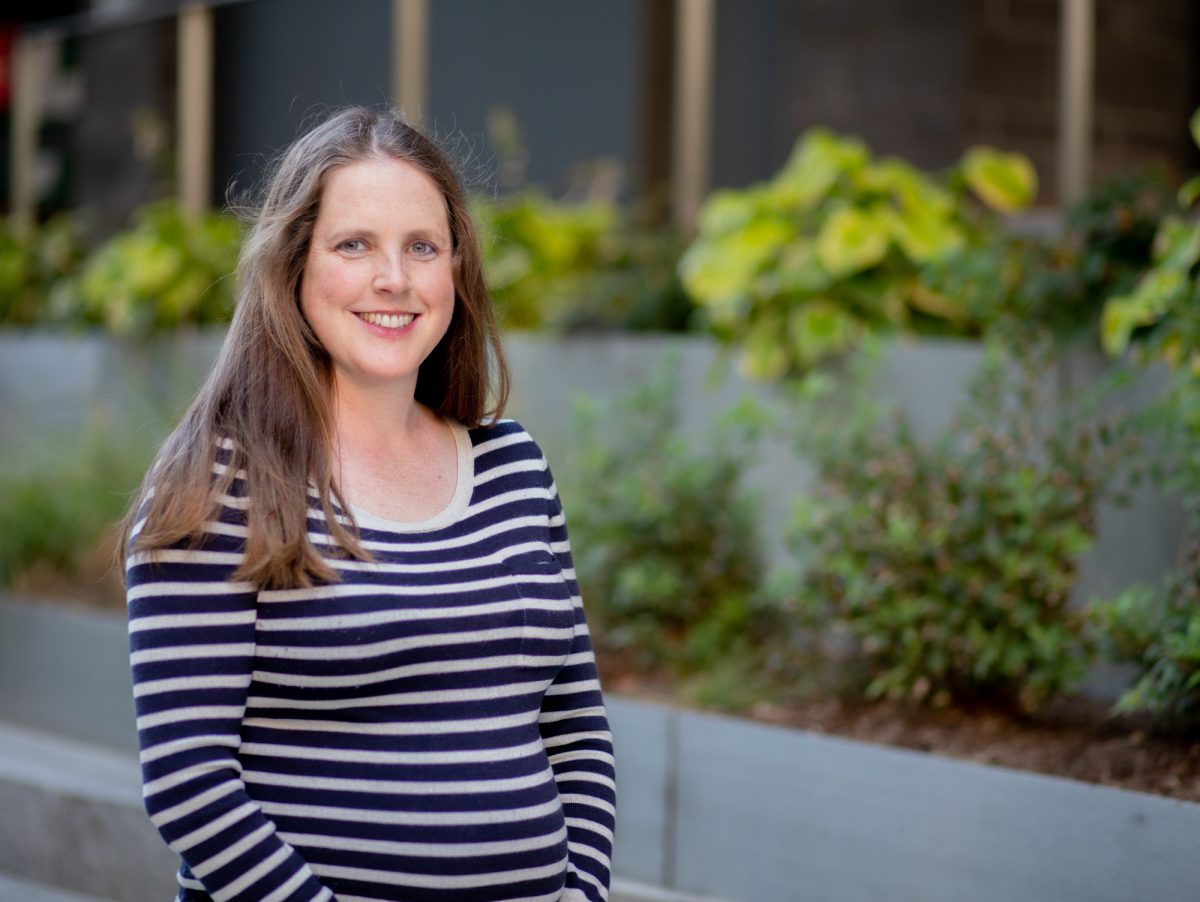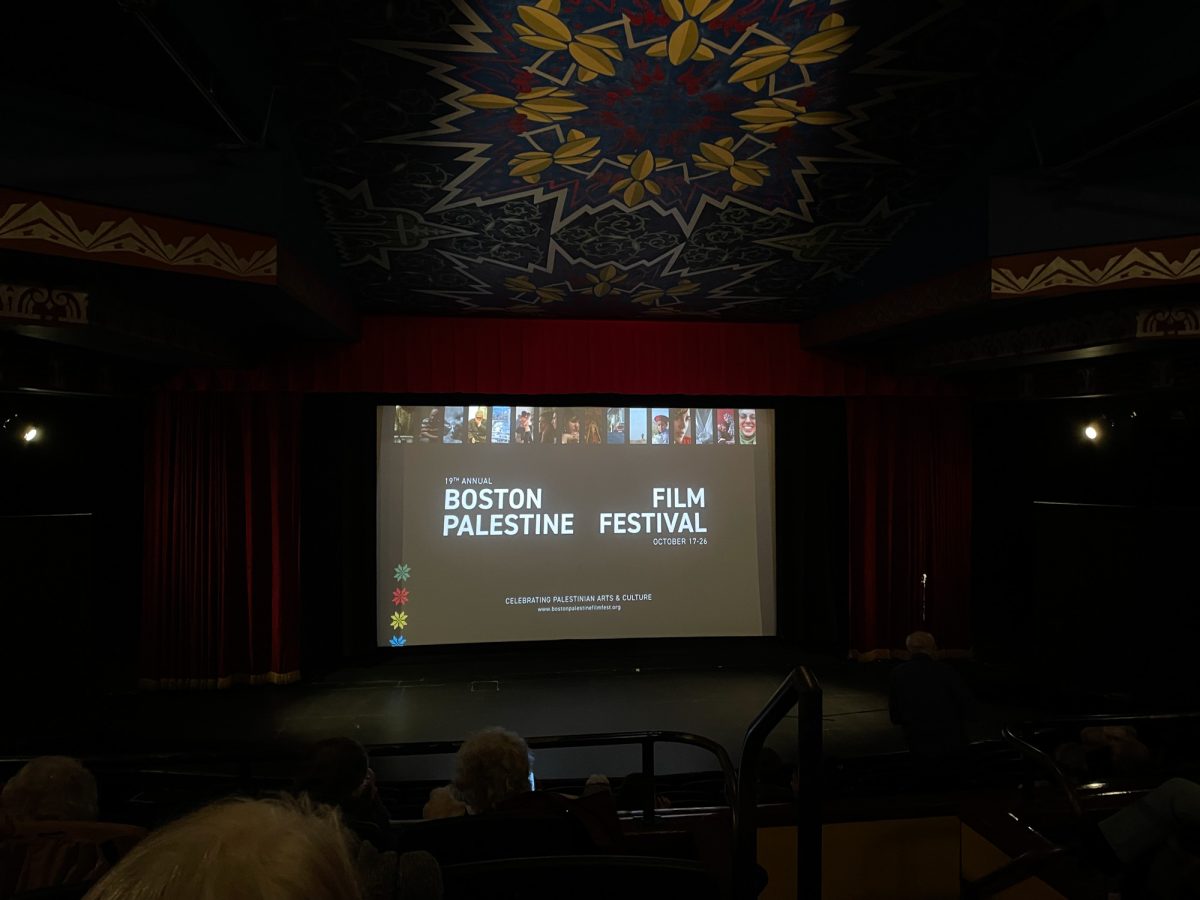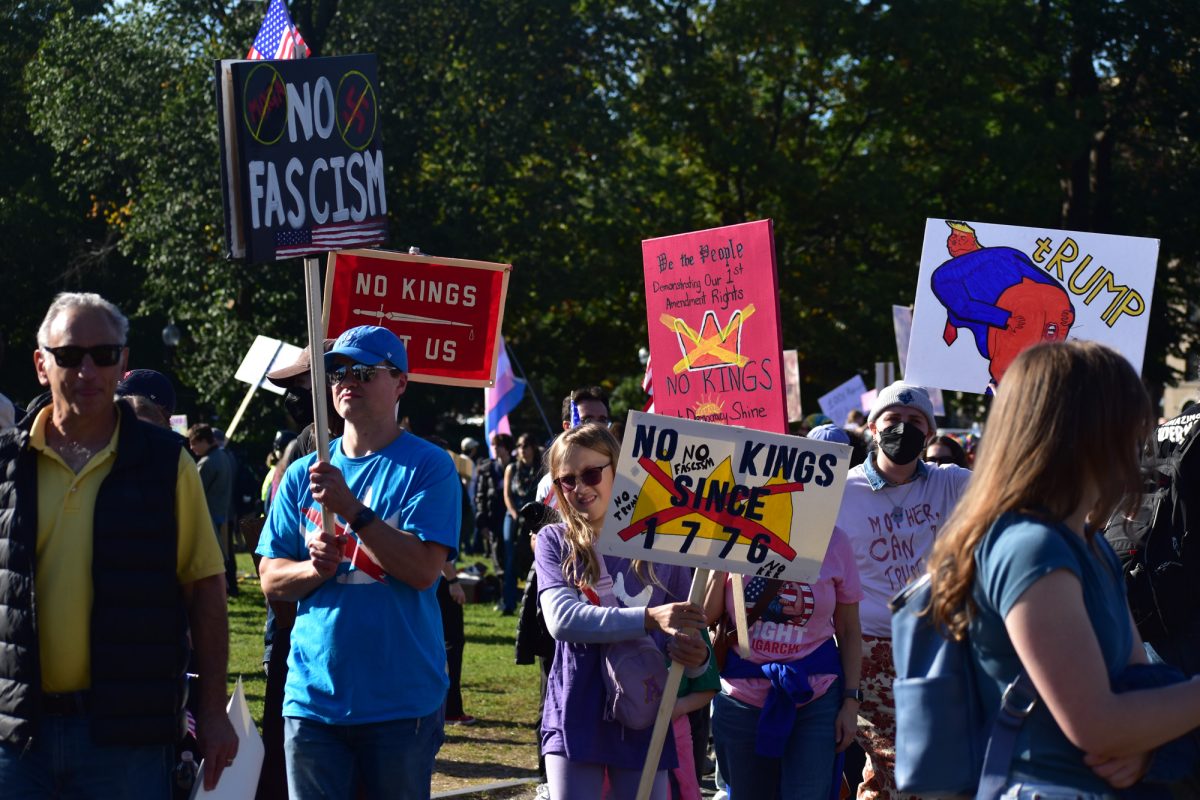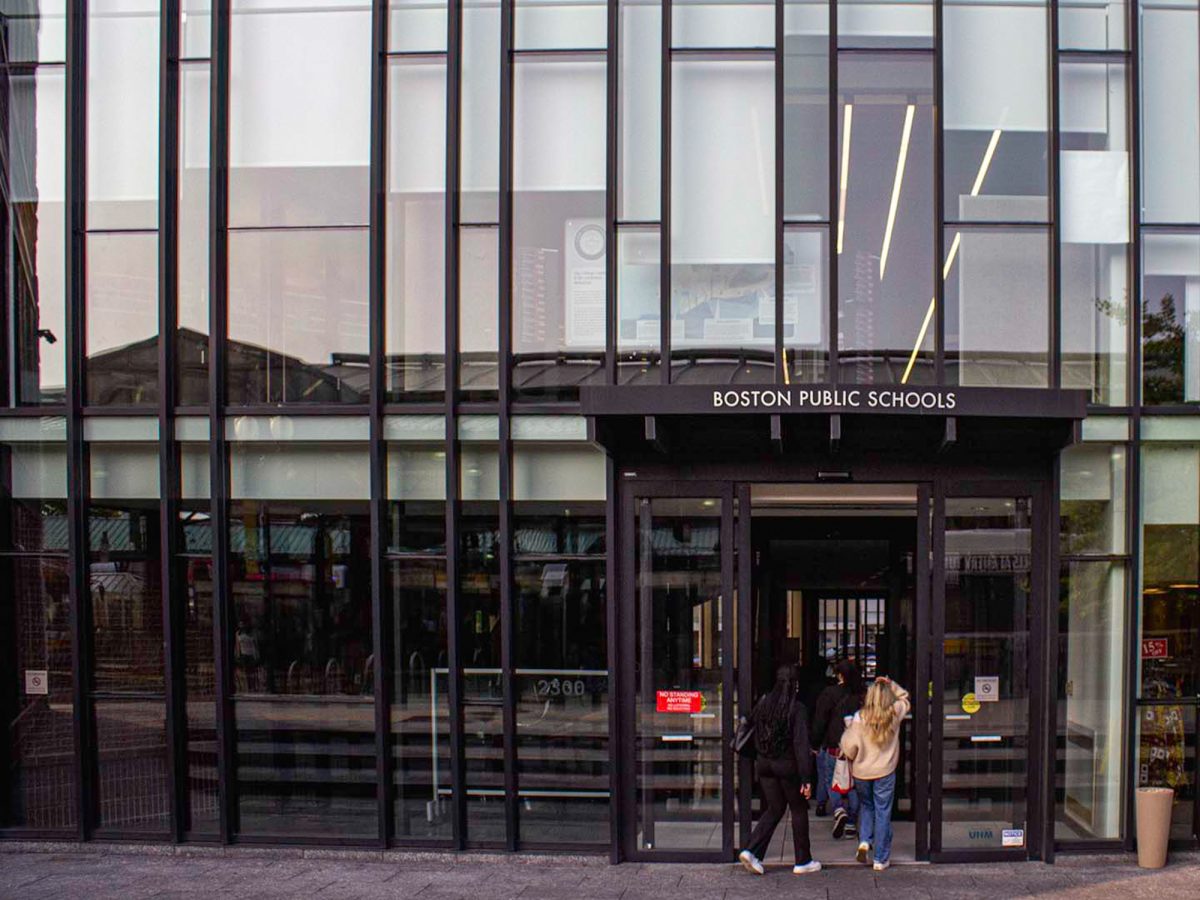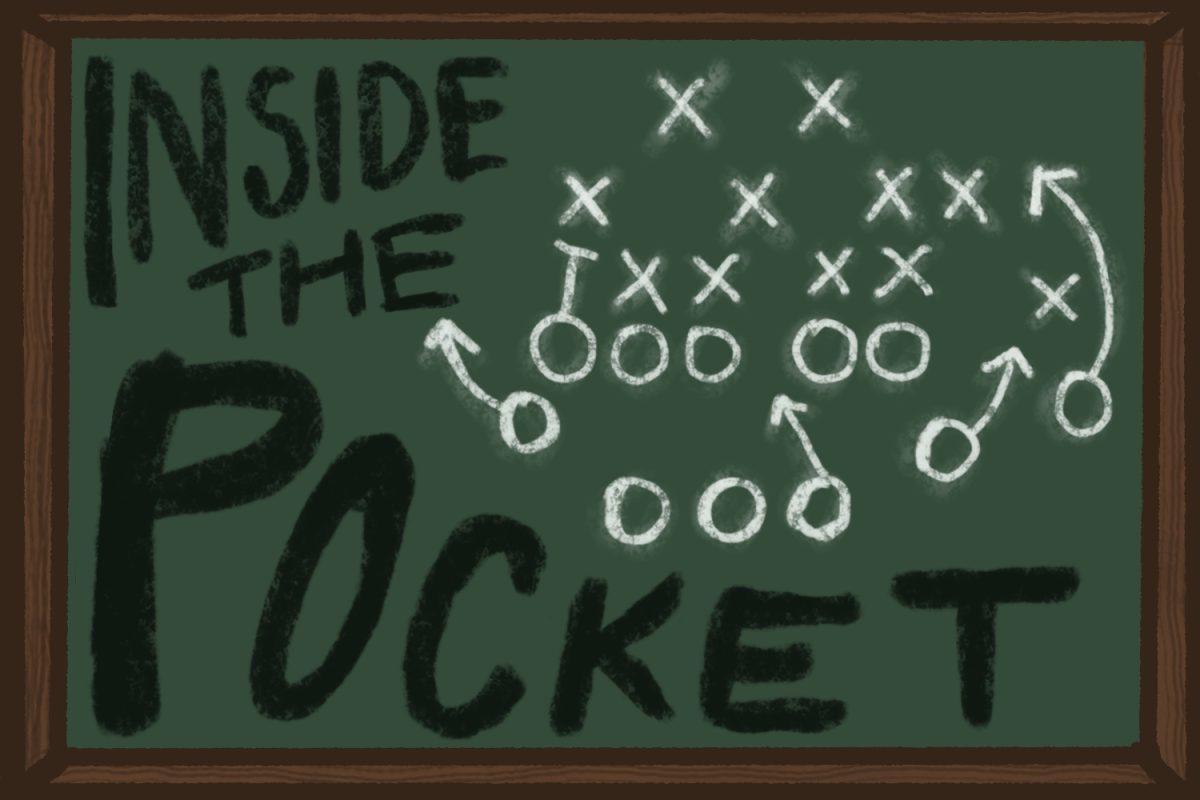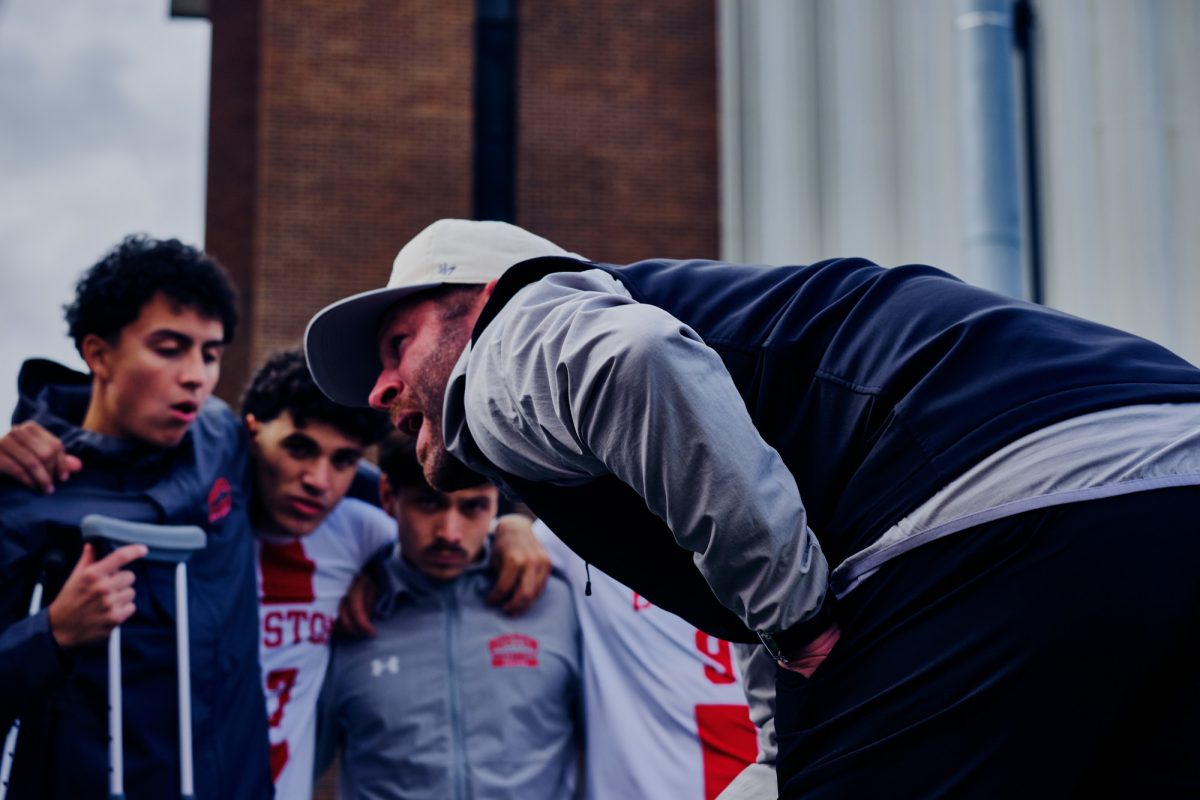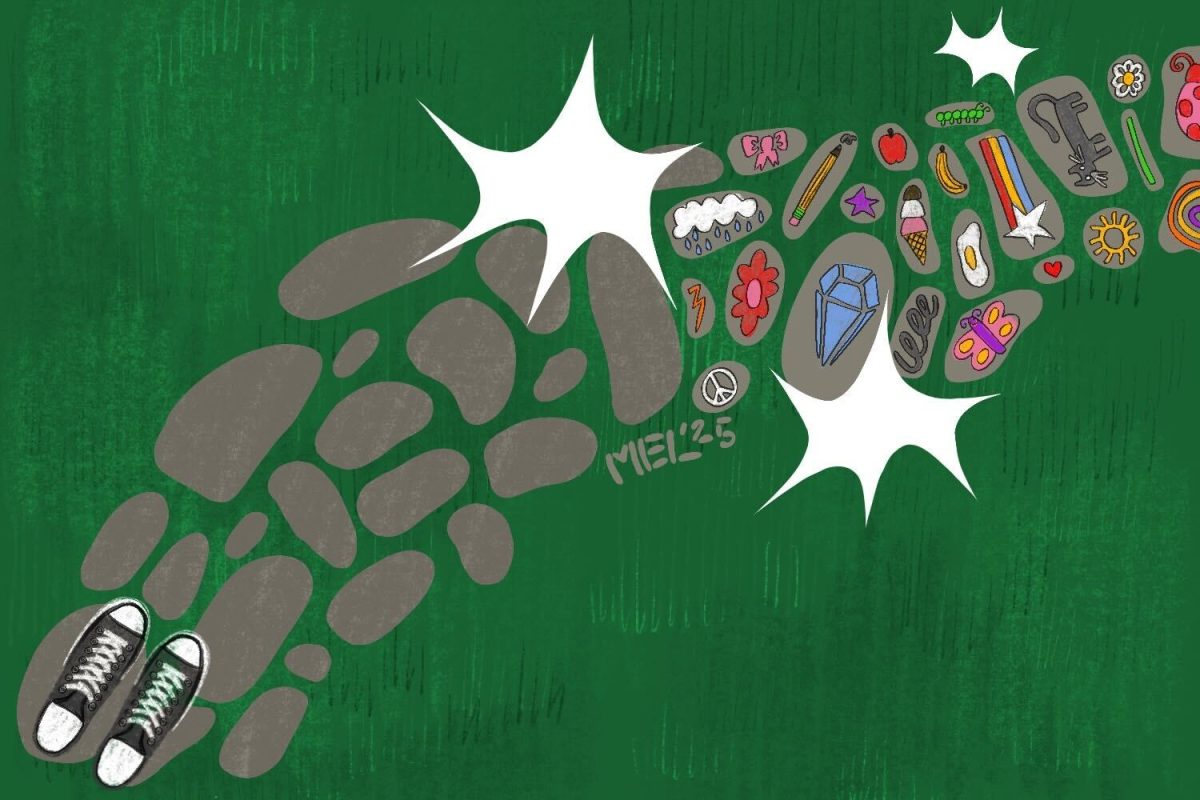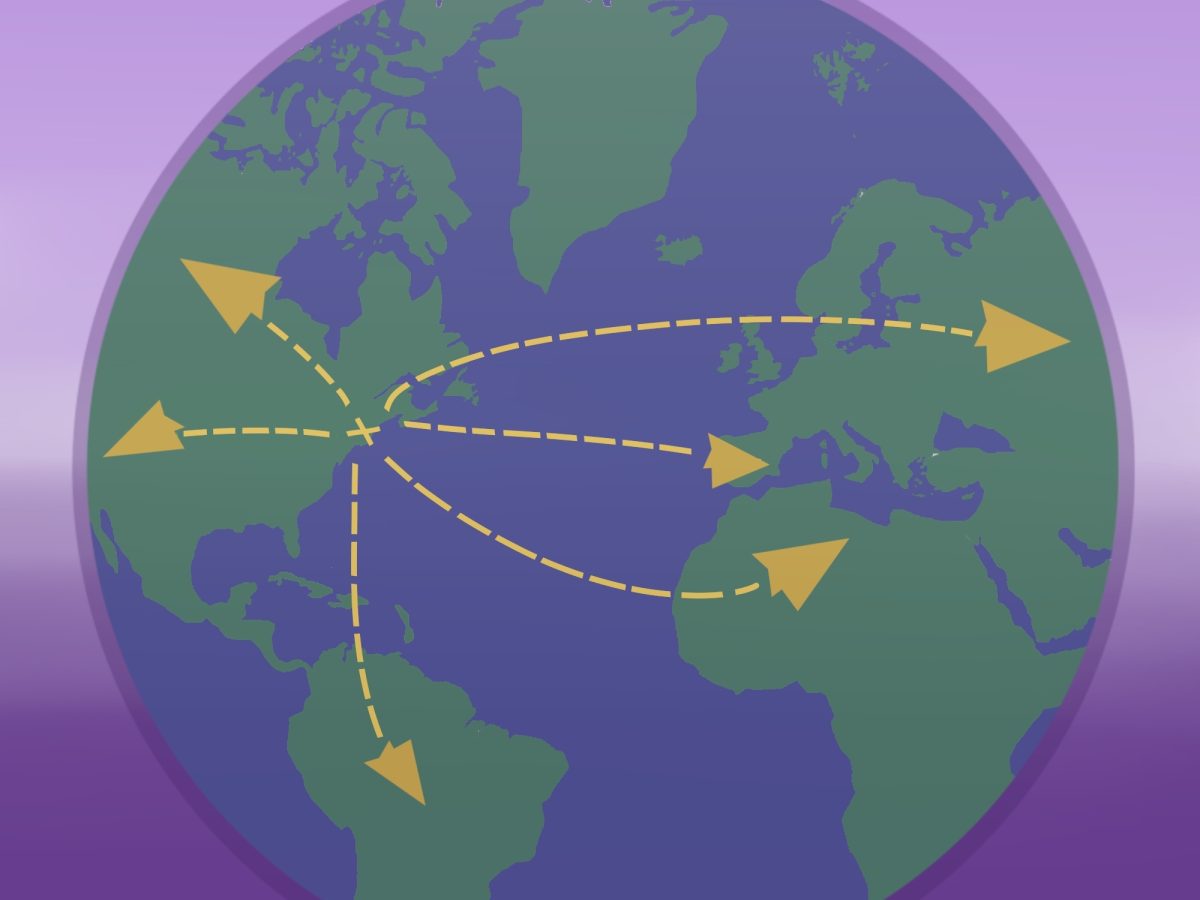Changing lives is a difficult endeavor.
The Salvation Army of Massachusetts runs 34 centers throughout the state, each of them providing food, shelter and support to those in need. Maintaining this level of service is expensive; though non-profit organizations are lauded for their services, their business savvy is often overlooked.
Peter Drucker, an author and management expert, said the efficiency of the Salvation Army is worthy of praise, according to the non-profit’s website.
“The Salvation Army is by far the most effective organization in the U.S. No one even comes close to it with respect to clarity of mission, ability to innovate, measurable results, dedication and putting money to maximum use,” he said.
Community Relations Director David Goldberg of the Salvation Army Massachusetts Division explained that the organization bases its budgets on the specific needs of individual communities, but tries not to focus on the financial aspect of their accomplishments.
“Instead of focusing on the amount of money we spend on programs and operating fees, we try to focus on how we’re changing lives,” Goldberg said.
Still, it is clear that the Salvation Army does not ignore the business aspect of its organization. For every dollar spent by the Salvation Army, 85 cents goes to programs and services; only 15 cents are used to pay for bureaucracy and administrative costs.
School of Management professor James Post said this frugality is why the Salvation Army “scores high marks” in efficiency. According to Post, allocation of funds is an important factor in the management of a non-profit organization.
“No more than 15-20 percent of funds should be spent on administrative costs, which means that means that 80 percent is going to programs,” Post said. “With the Salvation Army, almost 90 percent goes directly to programs.”
Salvation Army programs include drug and alcohol rehabilitation services, after-school programs, homeless shelters, food pantries and emergency relief services. The cost to run a program depends on the type of program, staff time necessary and building space needed. Funding comes from a variety of different sources — public support from donors, government grants, program service fees and investment revenue. After funds are received, individual corps create their own operating budgets based on the needs and resources of communities.
Captain John Ducksworth of the South End Corps runs the Harbor Light Center, a multifaceted social services unit. The center is comprised of several buildings and provides substance abuse rehabilitation, a medical and dental clinic and a boys and girls club that offers recreational, educational and cultural activities for youths.
Part of the Harbor Lights budget comes from the central headquarters and is based on United Way and private donation funds. Each unit is responsible for partially generating its own funds; supplemental funding at Harbor Lights comes in the form of city, state and federal grants and contracts.
“Forty-two beds in our substance abuse center are contracted by the Massachusetts Department of Public Health — they pay us a fee to treat drug and alcohol abuse,” Ducksworth said.
The South End Corps is also a full congregational church and faith community; it is one of 36 across the state. Sometimes the practicalities of the business seem distant from the faith-based aspect of the Salvation Army. However, Ducksworth said faith plays a constant part in services and programs.
“Faith is why we do what we do. This is how we live out our faith,” he said. “When I’m helping an addict get clean, it’s ministry. When I’m standing out in the cold, ringing the bell, it’s ministry. It’s all ministry.”
The Salvation Army mission statement relies strongly on its religious background, saying its mission is “to preach the gospel of Jesus Christ and to meet human needs in His name without discrimination.”
This clear mission statement, according to Post, is another example of an integral element in any successful non-profit organization.
“Things like, ‘Who are we? What do we do? How do we do what we do?’ The public needs to know that stuff. There is a responsibility to the public,” he explained.
Goldberg explained one of the difficult parts of maintaining a publirelations campaign for the Salvation Army.
“One of the toughest parts about promoting the Salvation Army is that people think we’re mostly about Thanksgiving turkeys and red Christmas kettles,” Goldberg said. “We help people throughout the year, not just at Thanksgiving and Christmas.”
One strategy is to hold National Salvation Army week in May; other ways of promoting include print media and television campaigns.
“In some ways, we’re like any corporation,” Ducksworth said. “But we’re not using 20 cents of the dollar for advertising, and I’m proud of that. We try to use the service we provide to promote ourselves.”
A large part of the publicity campaign is based on current events. Since Sept. 11, Massachusetts Salvation Army volunteers and employees have been active in disaster relief efforts at the World Trade Center site.
“On the first day, they set up a family service bureau where people could bring their bills if they needed financial assistance. They’ve been providing counseling, and there are mobile feeding units, staffed 24 hours a day, that serve hot meals,” Goldberg said.
However, Goldberg did acknowledge that donations have decreased since Sept. 11, a nationwide phenomenon that has affected all non-profit organizations.
“People gave so much to Sept. 11 funds — we sent out our holiday appeal letter, asking for donations, but people don’t have the money to give to both,” Goldberg said, noting that though donations are down, demand for services continues to increase due to a slowing economy.
The United Way, a primary source of funds for the Salvation Army, noticed this ripple effect on those people not directly affected by the Sept. 11 tragedy but having trouble as the nation rebuilds. The Unity Fund, created by the United Way of Massachusetts Bay, provides funds to several local organizations to help those who lost their jobs, the ability to pay for day care or who need counseling.
The Salvation Army received $20,000 from the Unity Fund; these funds are being used to help those who recently lost their jobs. Without this extra grant money, which each organization must account for by the end of the fiscal year, individual organizations would not currently have enough funds to help pay the mortgage, rent and utility bills of those in need.
United Way fund distribution is determined by the Allocations Committee, a team of volunteers who visit affiliated agencies and decide how much money they will receive. United Way Director of Communications Carmen Fields described the decision-making process.
“They’re everyday citizens who talk to the people each agency serves, the staff, the board of directors. They look at the books and the audits and see to what extent the institutions are doing what they said they’d do,” she said. “The best agencies, the ones that do the best job, get the most funds.”

